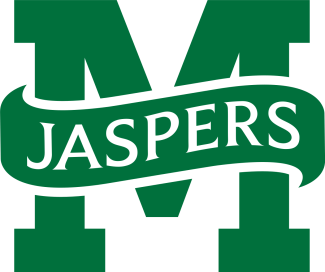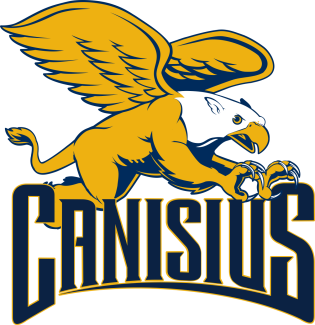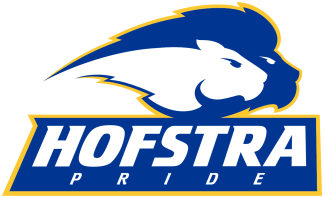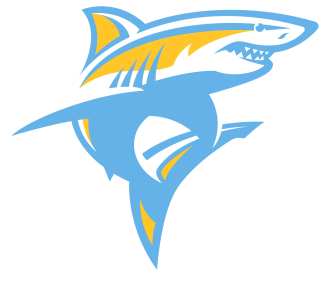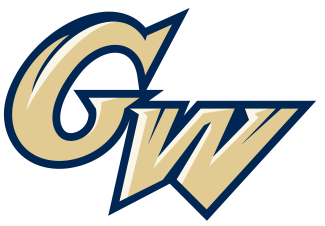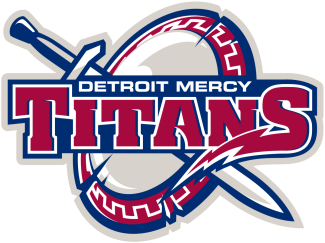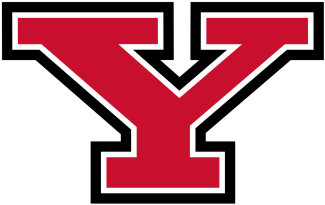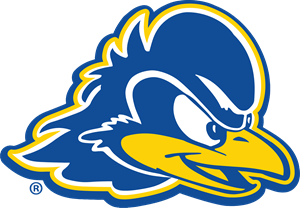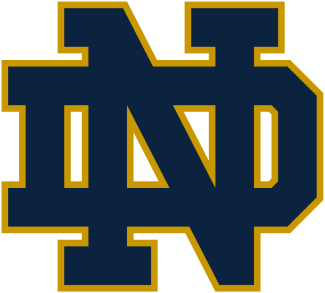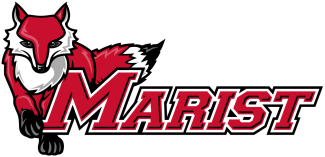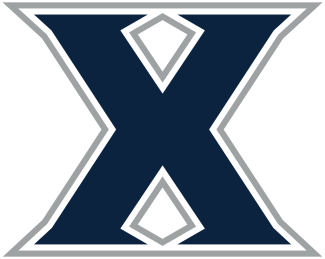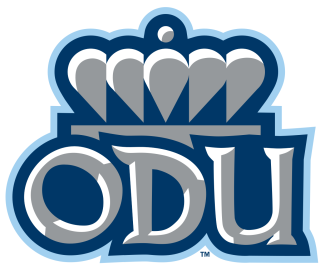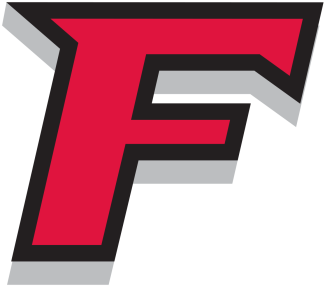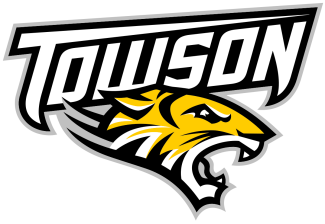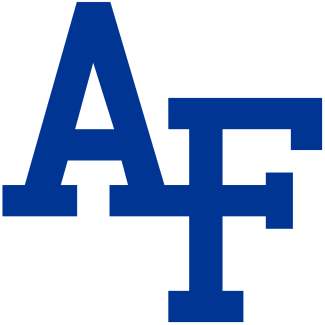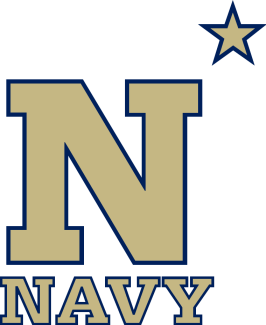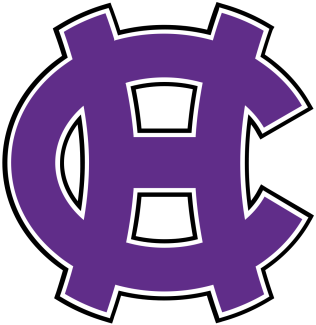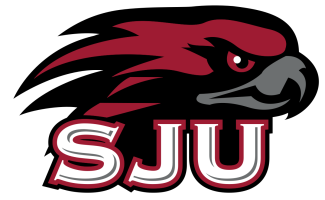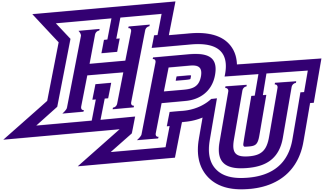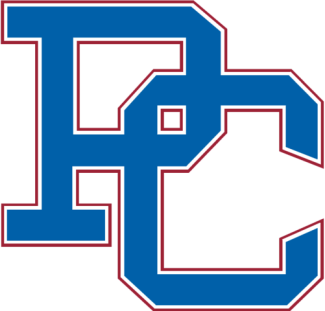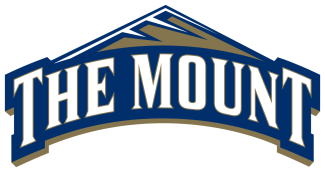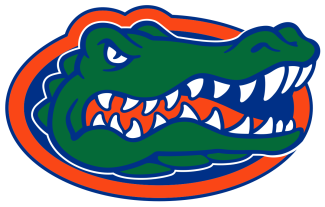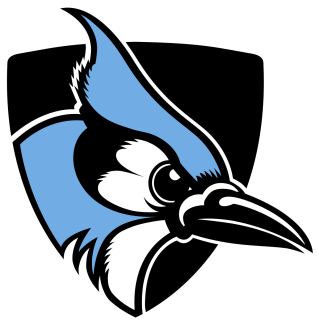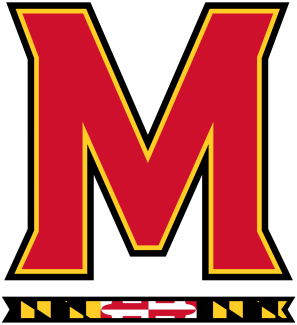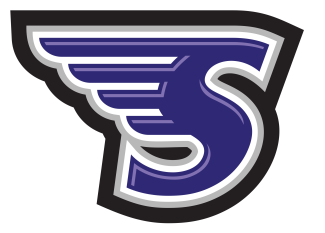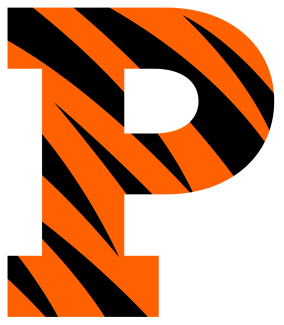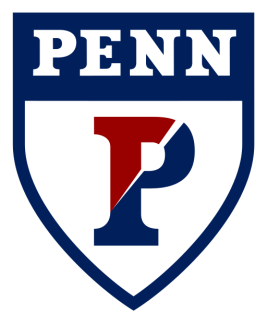More states equal more players, and more players broaden the recruiting pool.
“I’ve certainly learned over the years that you need to win your backyard,” Stark said. “You have to at least be able to build a product that your region is proud of and wants to be a part of. So, our focus is on getting the best kids out of this region. But you also have to recruit players who fit your institution. So, being a Midwest guy, understanding the Midwest, understanding where kids want to go, and understanding the price points of different areas are all part of our recruiting efforts. We want to win the Midwest.”
Expanding the scope of the roster was a little trickier. Stark went back to his roots to bring in key players who have paid dividends for Maryville’s efforts this season in particular.
Having Canadian talent nearby is always helpful, but the leading scorer on this year’s team is Justin Simonson, a junior attackman from Minnesota.
“I have a great connection with Minnesota, so I was able to get some of those players in,” Stark said. “We have a pretty strong [pipeline] from Canada even before I got here, and we still bring those players in. I recruited a lot of players from the East Coast of Canada. We’ve also developed some inroads to Calgary and the West Coast of Canada as well. In the Class of ‘26, we have players committed from Pennsylvania, Ohio and Michigan, so we are branching out of the Minnesota/Illinois side of the Midwest.”
In addition to Simonson, who has a team-high 56 points, graduate student goalie Dylan Radke has been a massive part of Maryville’s success. Radke plays an extremely lively and acrobatic style in the cage, but he’s also not scared to venture out to finish clears or even pursue loose balls.
Incredibly, Radke is fourth on the team in ground balls with 33 and has caused six turnovers. He’s also allowed 8.3 goals per game and is saving exactly 50 percent of the shots he’s faced through 12 games.
When you add the one-two punch of junior faceoff duo Shea Raeburn and Andrew Skifstad, you can see how the end product of regional recruiting can work. Raeburn is from White Bear Lake, Minn., and Skifstad hails from St. Charles, Ill.
“They were two of the best faceoff guys in their class coming out of high school and in the Midwest region in general,” Stark said. “We went pretty hard after both of those guys by saying, ‘Look, a lot of the success at the faceoff position comes with being a great athlete. We think both of you guys are great athletes, and we want as much depth in that position as possible.’ What they have done for our program in terms of being a consistent duo, they are guys that we can lean on heavily and have done so since they were freshmen.”
To top it all off, the one player coach Stark insisted on including is Dagan Carlson. He’s a Canadian short-stick defensive midfielder who hasn't gotten much acclaim and doesn’t have crazy numbers (15CT, 33GB) but is “one of the best SSDMs in the country.”
This season, Maryville has dropped tightly contested games against 2024 Division II runner-up Lenoir-Rhyne, top-ranked Tampa and Sunshine State luminary Saint Leo. But they have won every other contest so far, avenging at least one of last year’s losses to Lewis earlier this April with a solid 14-10 victory.
Huge tilts against Rockhurst and UIndy are up in quick succession. If the Saints can win both, they will be the undisputed No. 1 seed in the GLVC playoffs.
“Our goal is to build the strongest schedule that we can,” Stark said. “I think we are one of the top five schools in all of Division II in terms of travel, and that’s something we have worked hard to build and maintain. The reason we want to play those teams out of the SAC and the Sunshine is because those are the teams that are going to be there in May. The end goal is to play the best we can and position ourselves for the GLVC playoffs. I feel very strongly that if you can build an out-of-conference schedule that is competitive, by the time you get to the conference playoffs, you’re better conditioned to that level of ball. We want to build Maryville into a household name.”
